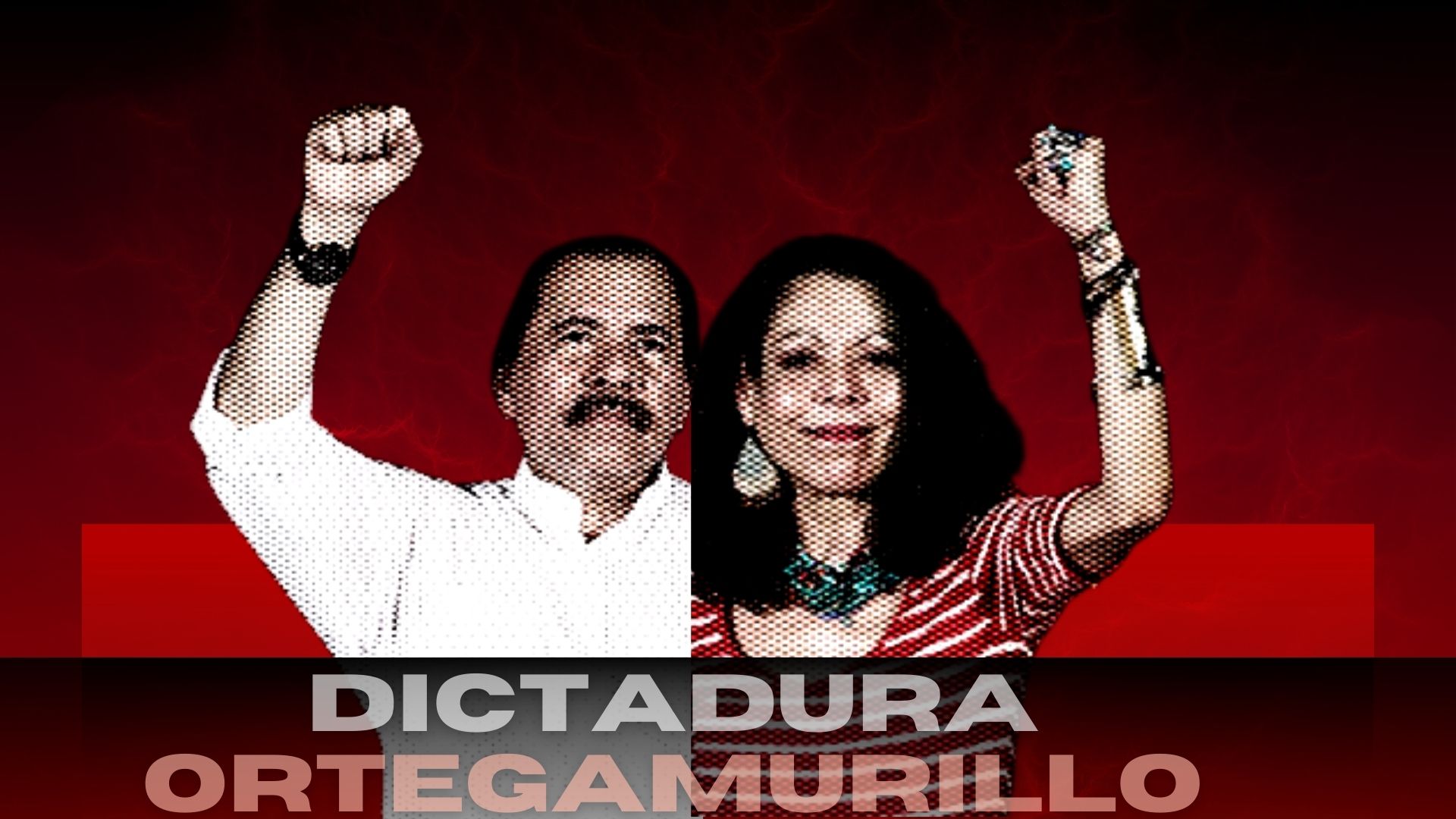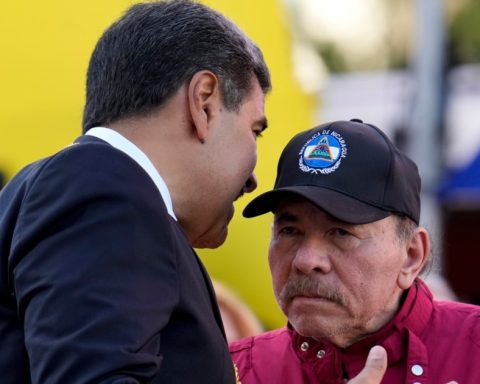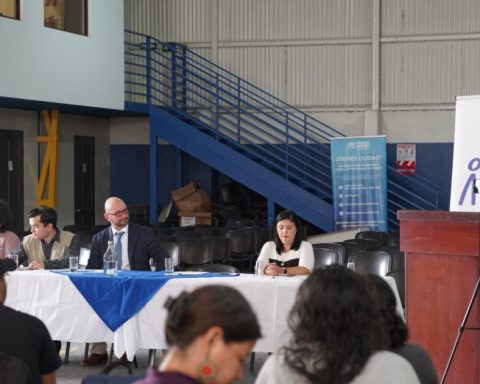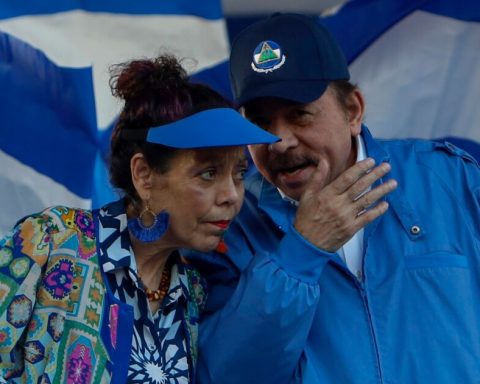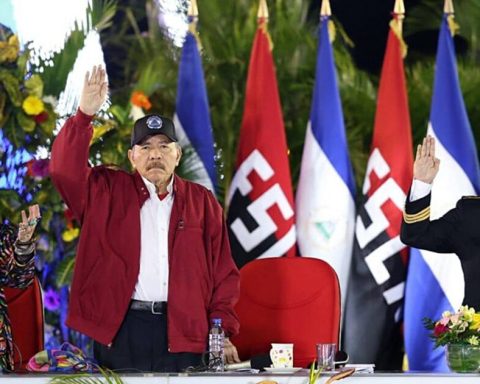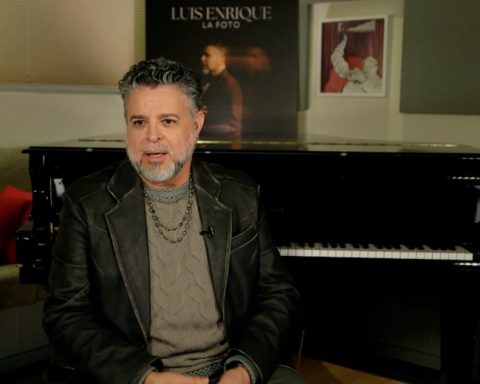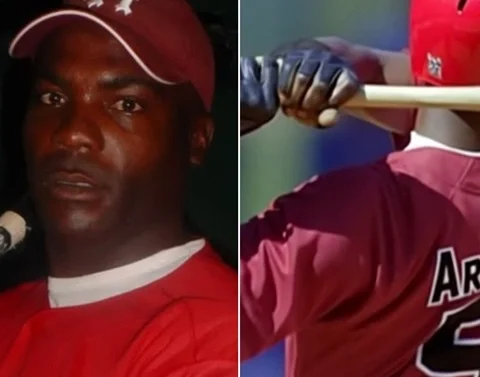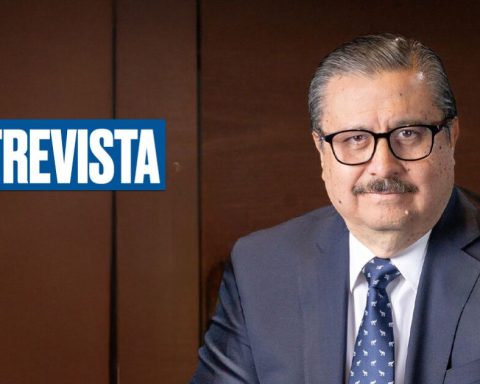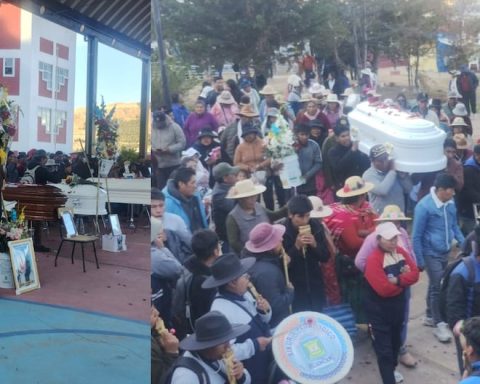What is happening in Nicaragua? The largest of the Central American countries is going through one of its darkest and most disturbing periods of political repression: police kidnappings of priests, transcontinental exiles, mass dismissals, church closures and confiscations of private property en masse.
The menu of abuses is wide and terrifying: it all begins with the hate speech of the regime’s vice president, Rosario Murillo.
Every afternoon, on the media network run by his children, Murillo spews insults, threats, mockery, expresses wishes for harm and whatever vileness occurs to him against priests, journalists, intellectuals, businessmen, diplomats and world leaders or democratic peoples around the world.
The storm behind every hate speech
They are abnormal, monotonous speeches, with a mixture of mediocre elegies, data on supposed social achievements, dubious spiritual invocations along with self-flattery and biblical quotations forced to fit into the rhetoric in favor of the old leader who is his partner, Daniel Ortega.
From these speeches, clues emerge as to the following atrocities to be committed or already committed: an example of these was the exile to Rome of seven priests who had been kidnapped and disappeared from their parishes days before.
Murillo, with a high-pitched, cold voice, the lisp becoming more and more evident due to his obvious dental deterioration, announced on August 8 that seven priests who had been kidnapped from their temples days before had been banished.
Related news: The Ortega Murillo regime is taking us backwards
“Yesterday, Wednesday, August 7, seven Nicaraguan priests left Nicaragua for Rome, Italy. They arrived safely and were received by the Holy See,” he said indifferently.
They thus joined the 34 priests who between January and April had been arrested and exiled without trial to Rome, the seat of the Vatican.
War on faith
Religious persecution in Nicaragua, under the Ortega-Murillo family dictatorship, is considered the most atrocious in the entire continent by the United States Commission on International Religious Freedom (USCIRF).
The agency also ranked Nicaragua among the countries with the worst religious persecution in the world, noting a significant worsening of conditions in 2023.
Since 2018, priests have been threatened, harassed, hunted down and sentenced in closed hearings in torture centres; if not forced into exile, they are expatriated to Rome or abandoned at the borders, without documents and barely in their robes.
Since 2018, the dictatorship has exiled 245 religious leaders, including 91 nuns, and forced 54 priests into exile by preventing them from returning to Nicaragua after leaving the country on temporary missions.
«Sandinistas as Nazis»
At the same time, it has frozen their accounts and confiscated universities, schools, clinics, children’s soup kitchens, orphanages, nursing homes, land, priests’ houses and church property.
“The Nicaraguan dictatorship is committing crimes against humanity against the Catholic and Evangelical churches. It is a Hitler-style extermination operation,” denounces Nicaragua’s ambassador to the OAS, Arturo McFields, from his X account.
This is one of many voices from exile who denounce barbarism, while Pope Francis remains silent and orders priests to shut up. “He does not want another martyr,” the pontiff justifies.
Related news: The Ortega Murillo regime collapses or holds on
But religious persecution is just one of the many ills that plague the Central American country and one of the few crimes that Murillo barely mentions. Nicaragua has suffered an exodus of almost a million migrants, in a country with an estimated population of 6.7 million inhabitants in 2023.
From massacre to the crushing of the future
Why are Nicaraguans leaving? There are many factors to analyze: in 2018, the dictatorship massacred social protests and killed 355 people, injured more than 4,000, kidnapped, detained, convicted and tortured more than 5,000 according to data from the Nicaragua Never Again Human Rights Collective.
Then, he began to close down private companies, arrest political candidates, businessmen, journalists, students and feminists; he expropriated media outlets, including their newsrooms.
At the same time, it has annulled civil society organizations and plundered their assets.
By August 18, the government had closed down approximately 3,700 civil society organizations (NGOs). On August 19, in an unprecedented move, it closed down 1,500 civil offices and ordered the expropriation of their assets.
Now, there are more than 5,163 non-profit organizations closed and confiscated. And the practice of confiscation has been one of the serious ones that compromise the resources of the Nation in the future because when the dictatorship disappears, it will be the State that will have to pay for the abuses, as the abuse was paid for with the confiscations starting in 1990.
The State took over more than 2.3 billion dollars in payments for properties belonging to the so-called Piñata, while Ortega and thousands of military personnel and Sandinista militants were left with mansions, farms and businesses.
Nothing and no one is safe
History, which repeats itself, looks worse than that chapter that was thought to be forgotten. Ortega has confiscated everything from modest offices like the Nicaraguan Center for Human Rights (Cenidh) to modern and gigantic facilities like the Central American University (UCA) and its institutes.

The attack on civil society has once again caused concern for the United Nations, which, in a statement by the spokesperson for the Office of the High Commissioner for Human Rights, Liz Throssell, expressed “its deep concern.”
“We once again call on the Nicaraguan authorities to stop imposing severe restrictions on civic and democratic spaces in the country and to guarantee respect for human rights, in accordance with Nicaragua’s international human rights obligations,” stressed the spokesperson for the United Nations Office for Human Rights.
«Jupiter eats his children»
But the dictatorship’s persecution and brutal arbitrariness are not only aimed at its natural adversaries, such as the religious and the media, but also against its own people.
Earlier this month, Murillo, in a whistling speech, announced a restructuring of the state that includes the mass dismissal of public workers. Since then, according to reports from pro-government unionists to Nicaraguan media in exile, more than 3,000 workers have been thrown out onto the streets in two weeks and the purge is still ongoing.
“We are moving forward, organizing to be more efficient, advancing to be more efficient. Organizing means improving… it means organizing better… moving forward. Organizing means fulfilling our duty to our people,” said Murillo, furious about the leaks from her own dissatisfied ranks.
According to Murillo, the layoffs are aimed at making the bureaucratic apparatus more efficient, and he has made it clear that he will not stop until the necessary changes are completed.
No one escapes the guillotine
Among those affected by this purge were generals of the guard, commissioners of the partisan police, private advisors to the dictator, magistrates and judges, ministers, doctors, mayors, ambassadors and even doormen and cleaning staff.
Many end up imprisoned in torture centers, locked in their homes with patrols controlling their freedom, or completely on the streets without jobs, persecuted and their property taken away.

No one escapes his guillotine. “We prioritize the presidential instruction to safeguard peace and ensure full compliance with our Plan to combat poverty…,” he said by way of justification.
“Can we already talk about implosion?” asks Yader Morazán, the former judicial employee who closely follows and reveals the humiliating conditions of degradation and abuses of the dictatorship against its officials in the judicial apparatus.
The big question is: How far will the abuses and excesses go?
Poet and writer Gioconda Belli asks herself the same question: “What is behind the reforms Murillo talks about in her midday speeches? She is planning a drastic change in the Nicaraguan state, all by herself, without anyone to advise her or criticize her…and this massive closure of NGOs is part of the plan,” she said on the X network.
Nicaragua in the clutches of the devil
The atrocities occur in the face of the passivity and indolence of the international community, which, perhaps tired of its inexhaustible abuses, fixes its eyes on the crisis in Venezuela and turns its back on the country.
Paraguay’s president, Santiago Peña, recently expressed concern about what is happening in Nicaragua, but in a combination that includes Cuba and Venezuela. Peña calls on the international community to act against the abuses that occur in these three countries.
But no one is responding. The Biden administration, caught up in the president’s decline and his bitter struggle to defeat Donald Trump, has limited itself to trivial warnings.
Meanwhile, every noon, Murillo will announce with his cold and calculated voice, hissing and amidst thousands of insults, the next blows against a country that seems abandoned like a lamb in the clutches of the devil.
